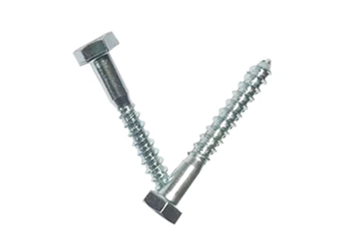dec . 05, 2024 17:06 Back to list
Flat Tap Washers for Leak-Free Plumbing Connections and Easy Installation Solutions
Understanding Flat Tap Washers The Unsung Heroes of Plumbing
When it comes to plumbing fixtures, many of us tend to focus on the flashy elements—sleek faucets, modern sinks, and stylish bathtubs. However, behind the scenes, there lies a critical component that often goes unnoticed until something goes awry the flat tap washer. These simple yet essential pieces play a crucial role in ensuring that our faucets function smoothly and efficiently.
What is a Flat Tap Washer?
A flat tap washer is a small, flat disc typically made from rubber, neoprene, or plastic that forms a seal between the faucet body and the tap, specifically in compression-type taps. Its primary function is to prevent water leaks when the tap is closed. The flat design allows the washer to sit snugly against the faucet base, creating a barrier that stops water from seeping through.
Flat tap washers come in various sizes and diameters, ensuring they can fit an array of tap models. The flexibility of materials used in their manufacturing allows them to compress and create an effective seal, even after years of use. Despite their small size, flat tap washers are vital to the overall efficiency of your plumbing system.
Why Do Flat Tap Washers Fail?
Like any mechanical component, flat tap washers have a lifespan. Several factors can contribute to their deterioration, leading to leaks or decreased functionality. Over time, exposure to water, pressure changes, and temperature fluctuations can cause the material to degrade. In addition, mineral deposits from hard water can build up on the washer, leading to pitting or cracking.
Common indicators that a flat tap washer has failed include dripping faucets, reduced water pressure, or water leaks around the base of the tap. If you notice any of these issues, it is crucial to address them promptly, as continued leakage can lead to water waste and increased utility bills.
How to Replace a Flat Tap Washer
flat tap washer

Replacing a flat tap washer is a relatively straightforward process that most homeowners can tackle. Here’s a step-by-step guide
1. Turn Off the Water Supply Before starting any plumbing repair, ensure that the water supply to the tap is turned off to avoid flooding the area.
2. Remove the Tap Handle Use a screwdriver to detach the handle of the tap. In some cases, you may need to remove a decorative cap to access the screws.
3. Unscrew the Body of the Tap Once the handle is off, use a wrench to carefully unscrew the tap body, exposing the flat washer.
4. Replace the Washer Remove the old washer and replace it with a new one of the same size. Make sure it sits evenly against the tap body.
5. Reassemble the Tap Reattach the tap body and handle, ensuring everything is tightened correctly but not over-torqued, as this can damage the new washer.
6. Turn the Water Supply Back On Finally, restore the water supply and check for leaks. If everything is sealed properly, your tap should operate efficiently without any drips.
Conclusion
Flat tap washers may not be the most glamorous part of your plumbing system, but their importance cannot be overstated. They help conserve water, prevent pipe damage, and maintain the overall functionality of your faucets. Regular maintenance and timely replacement of worn washers can save homeowners from costly repairs down the line. So, the next time you turn on your faucet, take a moment to appreciate the humble flat tap washer—it's doing a lot more than meets the eye!


